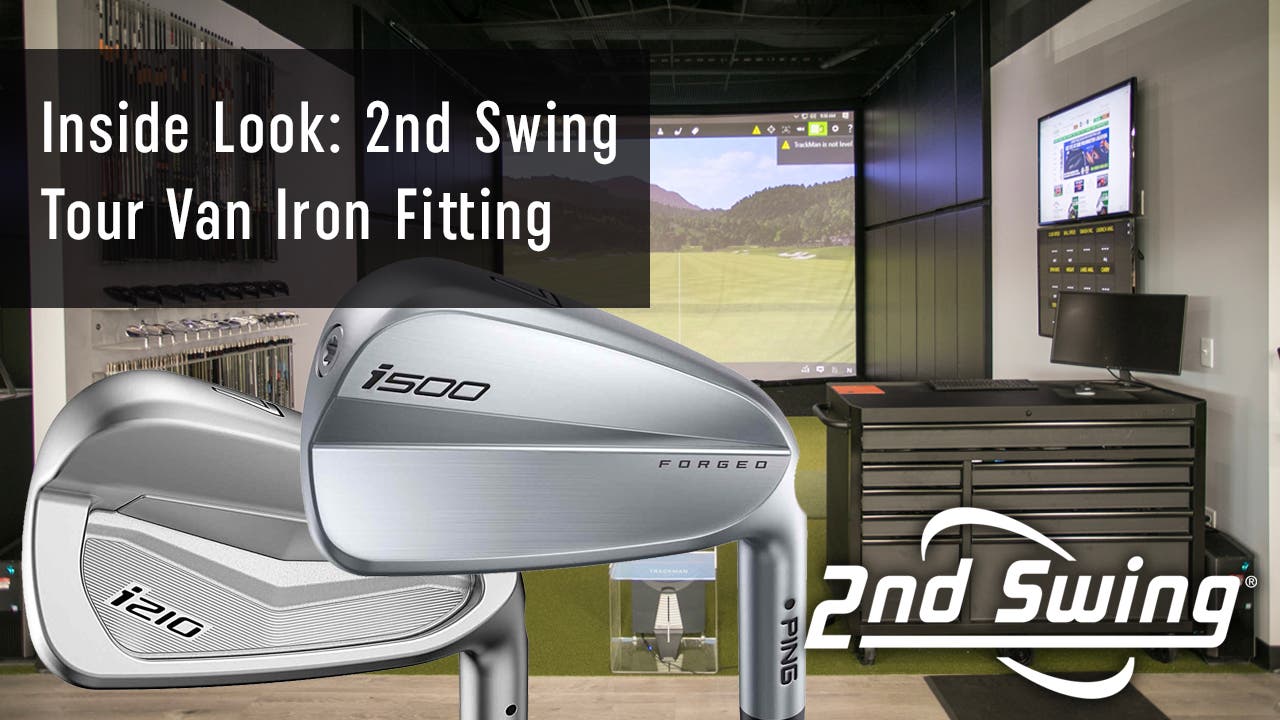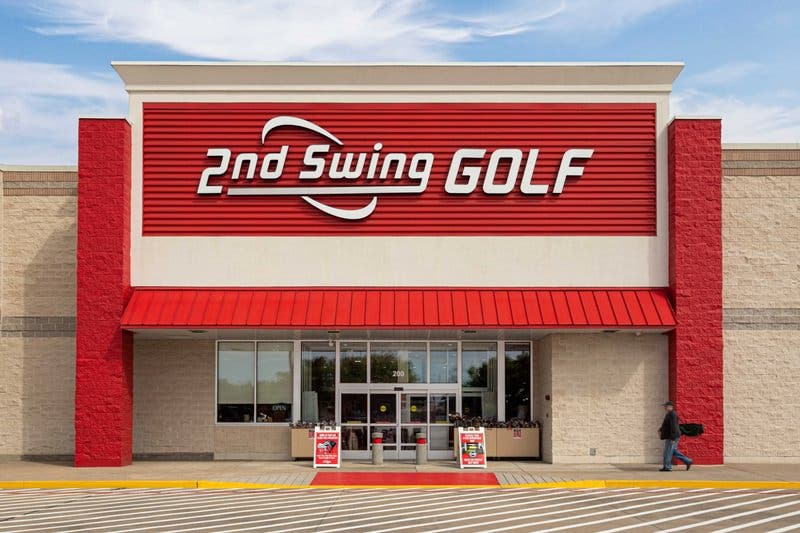
An inside look at my 2nd Swing iron fitting experience
February 27, 2020
Throughout my tenure at 2nd Swing, I have learned quite a bit about 2nd Swing’s award-winning custom fitting process and why it’s able to help thousands of golfers play better every year.
The staff is both knowledgeable and courteous, while the Tour Van facilities are superb. Meanwhile, the fitters have access to hundreds of thousands of clubhead and shaft combinations.
And of course, each Tour Van bay features state-of-the-art launch monitor technology from either Trackman or ForeSight, depending on the location.
I realized it was my time to go through the fitting process. As an avid, semi-competitive golfer, I do take pride in shooting low scores and earning bragging rights with my friends.
In the spring of 2011, I was fit for a set of Mizuno MP-59 irons, a forged players cavity design, that I used through the 2018 year. I “upgraded” at 2nd Swing prior to the 2019 season by purchasing a used set of MP-15s, which feature a very similar players cavity design.
I put “upgraded” in quotation marks because I did not get those irons fit for me, and I didn’t realize until my recent Tour Van fitting how much those irons were wrong for my game.
To begin the fitting, Thomas asked me some basic questions while I hit some shots with my MP-15s to get a feel for what my goals were and what I wanted to improve. It became pretty clear looking at the Trackman dispersion map that my key issue was missing to the right thanks to an open clubface.
After playing Mizuno for nearly a decade, I entered the fitting with the idea of getting a new set of MP-20s -- potentially a combo of MP-20 MMCs in the shorter irons and MP-20 HMBs in the longer irons.
I added two more models to test as well, the Callaway Apex Pro 19 and the PING i210. I picked those three finalists based on some of the previous testing I had done, and based what I had learned about the equipment, those models intrigued me the most.
One thing Thomas had mentioned to me before and resurfaced in the fitting was that some Mizuno models have a flatter standard lie angle than other brands. In hitting the MP-20s, Apex Pro, and i210 irons, the MP-20s missed the furthest to the right. Part of me was disappointed to eliminate Mizuno from consideration, but I just had a tougher time squaring up the MP-20s for whatever reason.
Meanwhile, the i210s proved to be the most consistent in terms of distance, while the dispersion circle was much closer to the center. Plus, I was able to gain nearly four miles per hour of ball speed (125.6 to 121.8) and eight yards of carry distance (176.6 to 168.2) with the i210 7-iron compared to my gamer.
Thomas then asked a few questions about my game to gauge interest in a combo set, something I was already interested in prior. He grabbed a couple of players-distance sets that would blend well with the two finalists: the Callaway Apex 19 and the PING i500.
Both players-distance models performed well, adding forgiveness where I need it in the longer irons. However, the appearance at address blended together much more smoothly for me with the PING combo of i210 and i500 vs. the Callaway Apex and Apex Pro. The Callaway Apex was noticeably bigger at address than the Apex Pro, while the i500 didn’t look any different at address than the i210.
After deciding on a combo set of i210 and i500 irons, it was time to dial in the shaft. My gamers had Nippon 1150GH stiff shafts and the swing weights were around C8, which was a surprise to me and nowhere close to what I should be fit for.
The Project X LZ 6.5 was the winning shaft for me, as I picked up a couple of yards of carry and had a tighter dispersion circle when compared to the Dynamic Gold X100.
Finally, Thomas fit me for loft and lie by using tape on the clubface. Given my tendency to leave the clubface open, we both expected to see that my irons needed to be an extra degree or two upright. Ultimately, I was fitted for PING’s Green Dot, which is two degrees upright. Through this test, we also found that adding ¼ of an inch to the standard length of each iron would optimize my hit location.
Lastly, due to a difference in stock lofts between the i500 and i210 irons, we had to tweak the lofts for each club to create consistent gapping throughout the bag.
Officially, the complete order is PING i500 irons (3-6) and PING i210 irons (7-PW) with Green Dot specs at ¼ of an inch longer than standard length with Project X LZ 6.5 shafts.
In the interest of full disclosure, I did not expect to be fit into PING irons. My expectation and my goal prior to the fitting was to upgrade to a Mizuno MP-20 combo set. And while I still think Mizuno’s forged irons feel better than anything in golf, the performance of the PING irons was just too convincing.
2nd Swing’s fitting process is exceptional in that it takes a plethora of data points and measurements and breaks it down into a simple language so that both the fitter and the golfer are on the same page. The technology allows the golfer to visualize what can be improved and understand the results, while the connection between fitter and golfer allows for honest feedback to be given in both directions.
I can’t wait to break in my new irons when the snow in the Twin Cities area finally melts -- I have a feeling I’ll be hitting more greens and shooting better scores.
